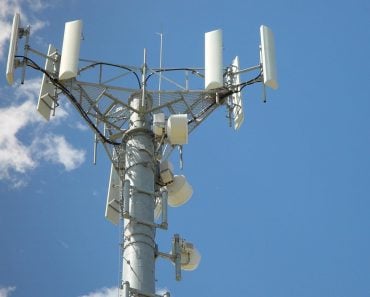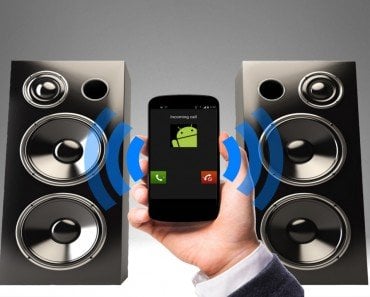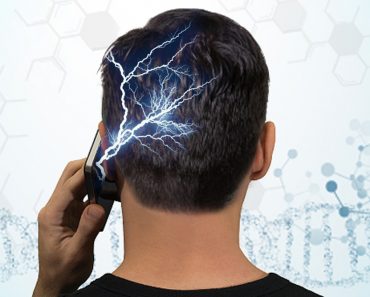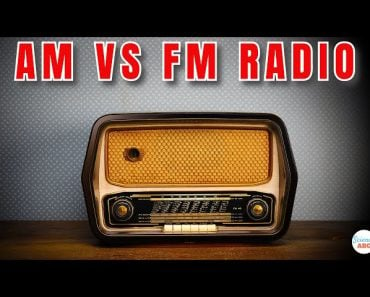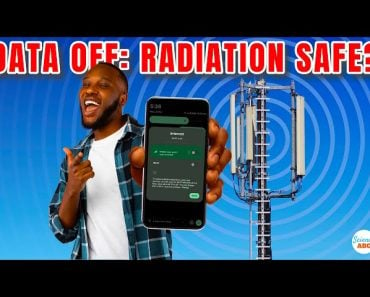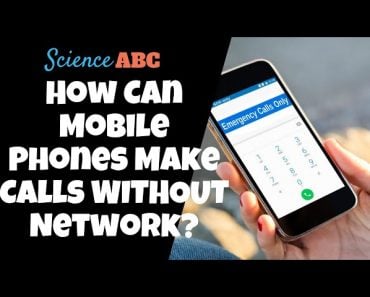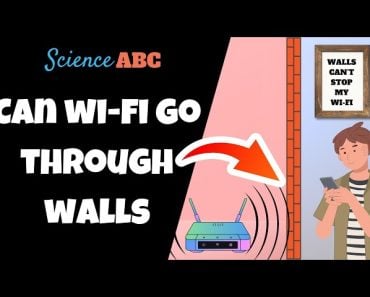Table of Contents (click to expand)
A cell tower is an antennae that transmit and receive RF signals (radio frequency) from mobile phones. Cell towers are often 50 to 200 feet in height. They can be standalone structures, such as lattice frame or steel poles, or they can be affixed to other structures.
A cell tower (also called a cell site) is a cellular-enabled mobile device tower where an antennae and other electronic communications equipment are placed—usually on a tower, radio mast, or other raised structure—to facilitate communication through a cellular network, i.e., enable your mobile devices to function.
If you’re like roughly half of your American neighbors, then you own a cordless phone system that plugs into your home telephone line. A cordless handset, as the name suggests, connects wirelessly to what is technically called a base station—allowing you to have uninterrupted voice communication, while maintaining a link to the wires of the public switched telephone network (PSTN). For the uninitiated, PSTN refers to the international telephonic system standard that uses copper wires to carry analog voice data. When it comes to their working principle, a cellular tower and a base station that enables voice and data services for an Android or iPhone aren’t much different, except that the towers are built to cover a wide geographic area much larger than your home. Moreover, a cell tower is designed to simultaneously support hundreds of devices and operate on different radio frequencies. Cell sites allow users to maintain their connections while traveling from one base station to another, even while driving at 100 miles/hour on a fast-lane highway.
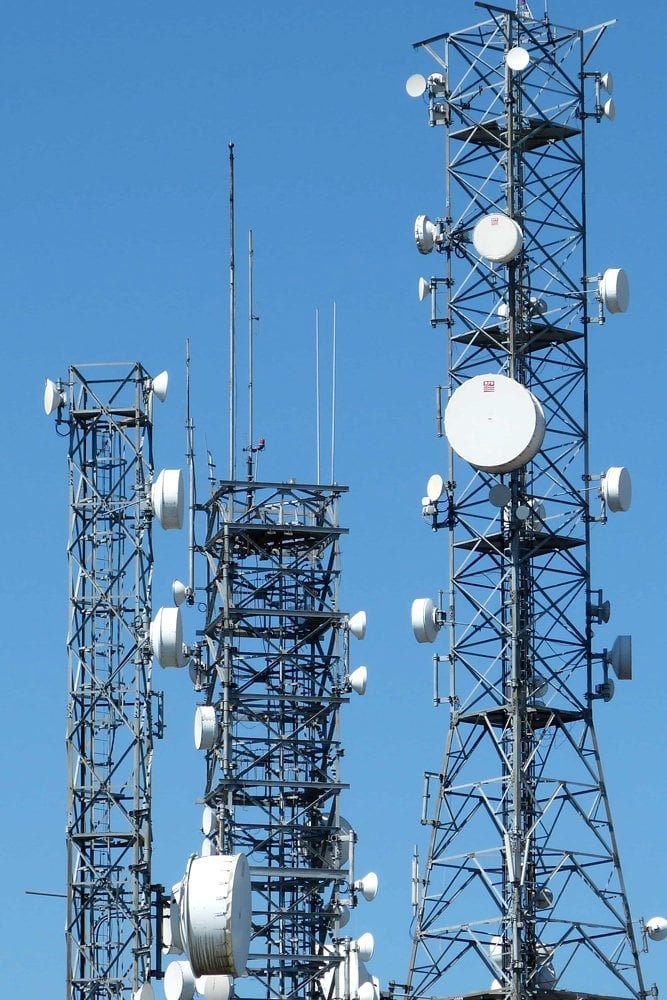
Recommended Video for you:
How Do Cell Towers Work?
The main job of a cell tower is to elevate antennae that transmit and receive RF signals (radio frequency) from mobile phones and other cellular devices. A series of wires runs from the tower antennas to the base station equipment, which are usually located at ground level in a concealed manner. Components of the base station include transceivers—to transmit and receive radio signals through the antennae, along with other components like signal amplifiers, combiners, multiplexers and a system controller.
To cover a targeted cell area, engineers need to ensure that antennae are tall enough. Thus, cell towers are often 50 to 200 feet in height. Now, these towers can be standalone structures, such as lattice frame or steel poles, or they can be affixed to other structures. In the latter category, cell towers are often attached to buildings, bridges, tunnels, water towers, traffic lights, street lights, billboards, etc.
The Range Of A Cell Tower
The working range of a cell tower is defined as the range within which mobile devices can connect reliably to the cell tower. However, this range is not a fixed figure. It will depend on several factors, including:
- The height of the antenna.
- The frequency of the signal in use
- The rated power of the transmitter
- Ambient weather conditions around the cell tower
- The directional characteristics of the site antenna array
- Reflection/absorption of radio energy by nearby buildings
- The rated uplink/downlink data rate of the subscriber’s mobile device
In practice, cell towers are grouped in densely populated regions to better cater to most of their company’s subscribers. Cellular traffic through a single site is limited by the base station’s capacity. This capacity limitation is usually the factor that determines the spacing of cell towers. In suburban areas, cell towers are commonly spaced 1-2 miles apart, but in dense metropolitan cities, towers may be as close as 0.25-0.5 miles apart. Similarly, the range will vary with the terrain. For a flat terrain, it may be possible to space towers out between 30-45 miles. On the other hand, when the terrain is hilly, the working range can drastically shrink to as low as 3-5 miles.
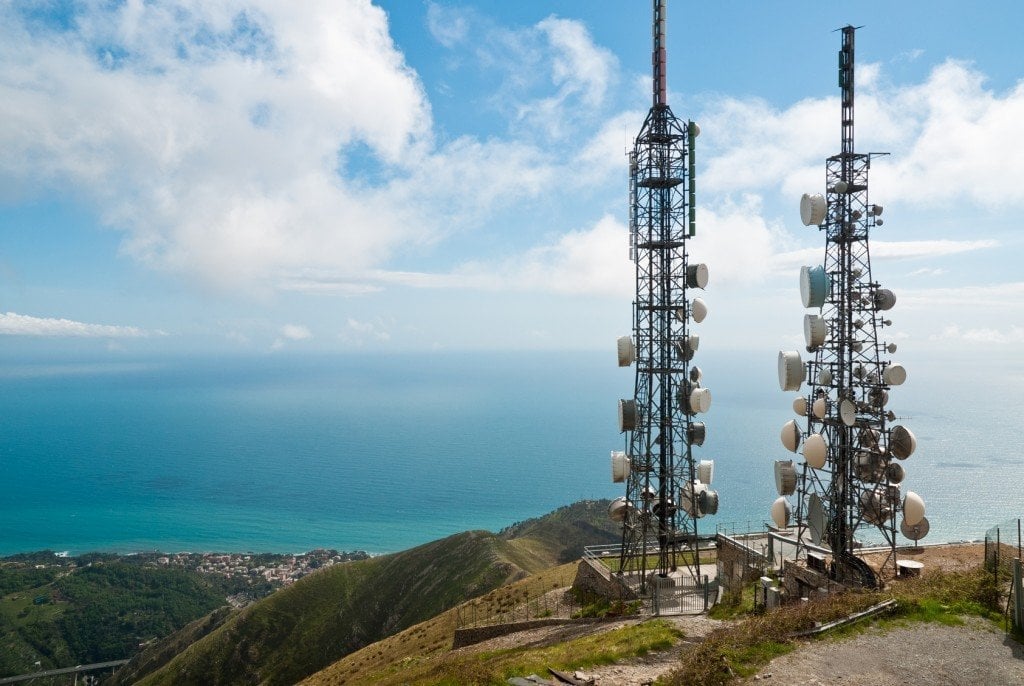
So, when you visit a particularly hilly station like the Grand Canyon, you might pull your hair out in frustration over having such abysmal network connectivity. Also, when too many people try to use a cellular network concurrently—during a traffic jam or a major sporting event—then you may also face network connectivity issues. In such cases, though your mobile phone might display a network, it’s often blocked from starting a new connection.
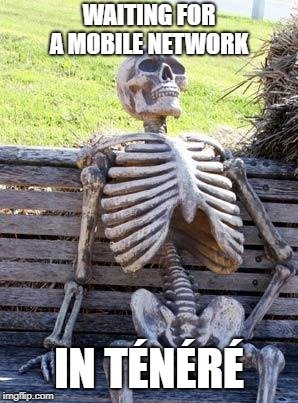
Can Cell Towers Cause Cancer?
With the increasing usage of cellular networks on-the-go for calls and the Internet, are cell towers secretly pushing us into the murky world of cancer? Well, the answer is not a definitive “no”. Studies conducted regarding the health implications of cell tower installation have often been inconclusive. This is reflected even in the report by the World Health Organization (WHO), which deems radio transmission emitted by cell sites as possibly carcinogenic. To learn more, click here.
Cells-on-wheels (COWs)
Although cell towers are generally attached to permanent structures, some operators also maintain fleets of vehicles, technically called cells-on-wheels (COWs). COWs serve as temporary cell sites—as a makeshift process in the case of damaged equipment or power outages. In the case of a power failure at the main base station, a generator is typically included with the COWs.
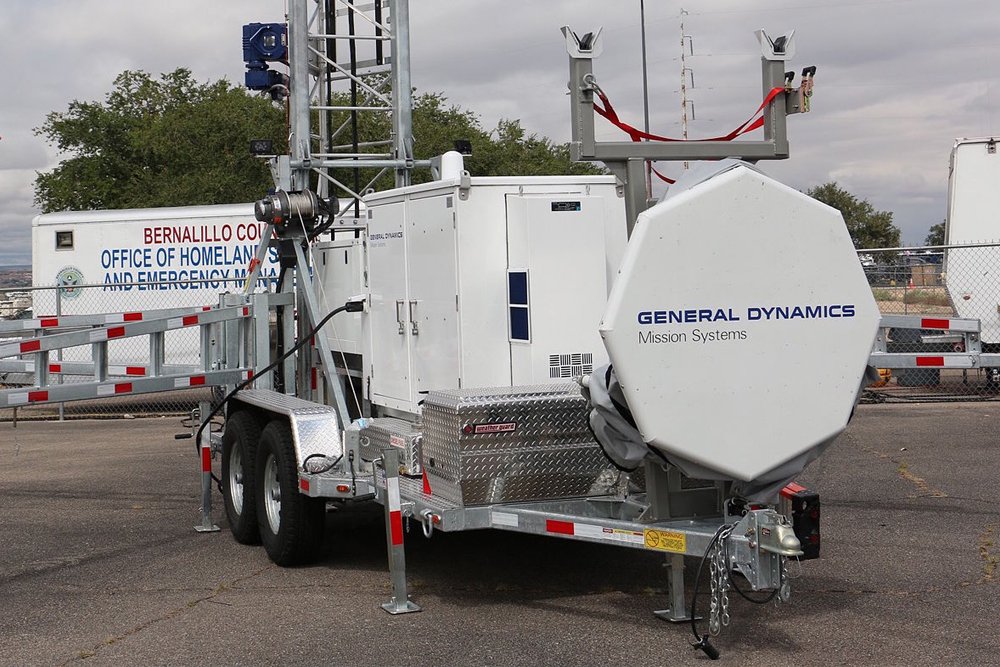
Future Of Cell Towers
With the introduction/discovery of efficient digital protocols associated with booming and upcoming 4G and 5G technologies, complimented by the additional spectrum availability, many mobile network providers are now looking to recombine cell towers. This would permit network operators to decrease the number of towers being used. This would, in turn, bring down the operating expenses associated with each tower. All of this would translate into increased revenues and profits for telecom players. For example, a while back, Sprint eliminated close to one-third of its cell sites. This translated into a reduction of almost 20,000 cell towers. We might see more operators following suit in the near future.
References (click to expand)
- Yang, J., Varshavsky, A., Liu, H., Chen, Y., & Gruteser, M. (2010, September 26). Accuracy characterization of cell tower localization. Proceedings of the 12th ACM international conference on Ubiquitous computing. ACM.
- Cell Phone TowersCell Phone TowersFinding the Best Place For a New Finding the Best Place For a New Cell Tower in MarbleheadCell Tower in Marbleheadby Daniel Hudsonby Daniel Hudson - w3.salemstate.edu


